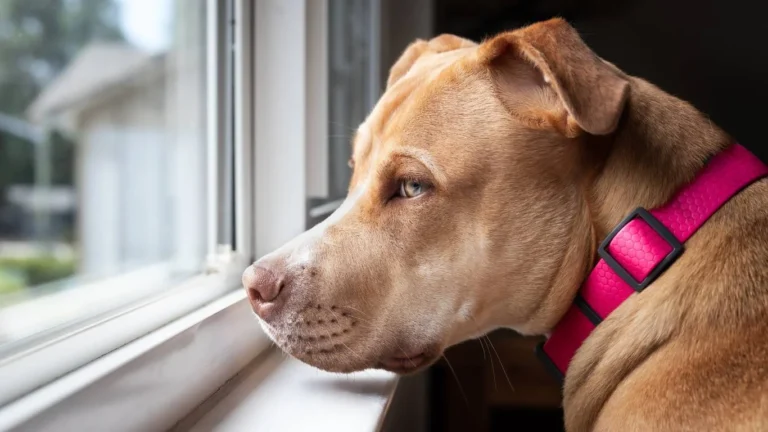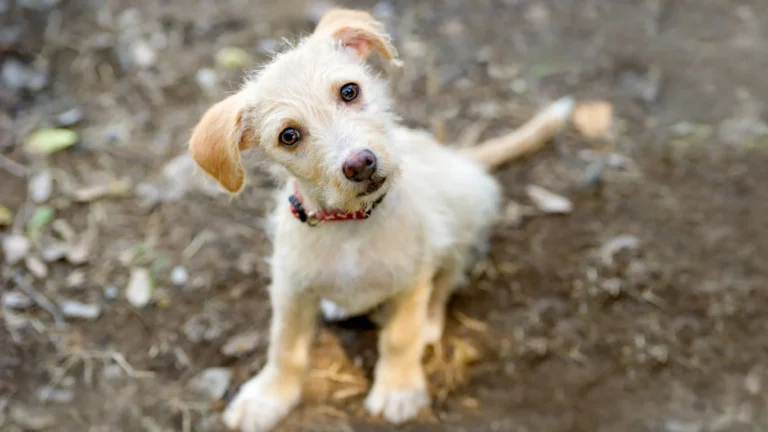How to Treat a Dog’s Hot Spot with Home Remedies Quickly and Safely
If you’ve ever dealt with a hot spot on your pup, you know how stressful it can be — for both of you. As a veterinary assistant with a special focus on nutrition, I’ve seen more than my share of itchy, irritated pups walk through the clinic doors. One of the questions I hear most often from dog parents is: how to treat a dog’s hot spot with home remedies? Good news — there are actually some really effective things you can do at home to soothe your dog’s skin and help the healing process. But let’s first break down what hot spots actually are and why they pop up in the first place.
What Exactly Is a Hot Spot on a Dog?
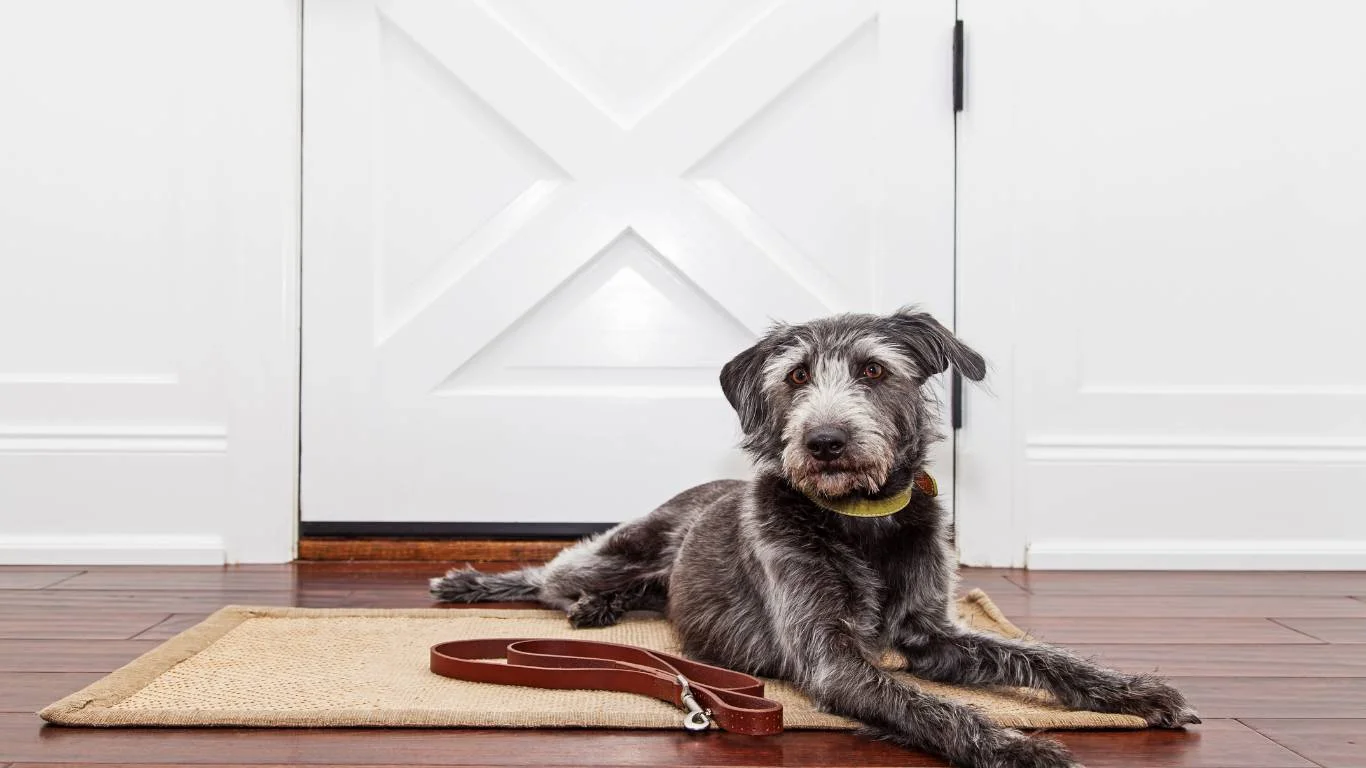
Hot spots — also known by the fancy veterinary name acute moist dermatitis — are those angry-looking red, moist, sometimes oozing patches on your dog’s skin that seem to show up overnight. And yep, they’re just as uncomfortable as they look. They can develop anywhere, but I’ve seen them most commonly on the head, hips, and chest.
From my experience, hot spots usually start from something simple like an itch or irritation. Maybe your dog got a bug bite or is dealing with allergies. When they lick or chew that area too much, the skin breaks down, bacteria move in, and bam — hot spot.
Why Do Dogs Get Hot Spots?

This is one of those “it depends” situations. Here are a few of the most common triggers I’ve seen:
- Allergies: Food sensitivities or environmental allergens like pollen or dust mites.
- Insect bites: Fleas are the worst offenders here.
- Moisture trapped in fur: Especially common in dogs who swim a lot or aren’t dried off properly after baths.
- Stress or boredom: Some dogs self-soothe by licking or chewing.
In my clinic days, we had one Labrador who would get a hot spot every summer like clockwork — right after his first lake swim of the season. His owner eventually got into the habit of drying him off thoroughly, especially around the collar area, and that made a huge difference.
How to Treat a Dog’s Hot Spot with Home Remedies

If the hot spot is small, not too deep, and you’ve caught it early, you can definitely try treating it at home. That said, always keep a close eye on the spot and don’t hesitate to call your vet if things aren’t improving in a few days or if it gets worse.
1. Trim the Hair Around the Area
First things first: you want to give the hot spot some air. Use blunt-nosed scissors or clippers (very carefully!) to trim the fur around the irritated patch. This keeps moisture and bacteria from getting trapped.
2. Clean It Gently
I recommend using a gentle antiseptic solution like diluted povidone-iodine or a natural alternative like cooled chamomile tea. You don’t want to scrub — just dab gently with a clean cotton pad or soft cloth.
3. Apply a Natural Soothing Remedy
Here are some options I’ve seen work well in-clinic and at home:
- Coconut oil: Naturally antibacterial and antifungal. A thin layer can go a long way.
- Aloe vera gel: Super soothing, but make sure it’s 100% pure — no added alcohol or colorants.
- Calendula: You can find it in creams or make a tea rinse from dried flowers. It’s amazing for skin healing.
Tip: Be sure your dog doesn’t lick off whatever you apply. You might need a cone (the “cone of shame,” yep) or a recovery sleeve, especially if your dog’s a determined licker.
4. Keep Your Dog Busy
This one’s more behavior-focused, but it’s important. If your dog’s licking out of boredom or anxiety, try puzzle toys, extra play sessions, or some frozen treats to keep them distracted while the spot heals.
Keeping the Hot Spot Clean and Dry
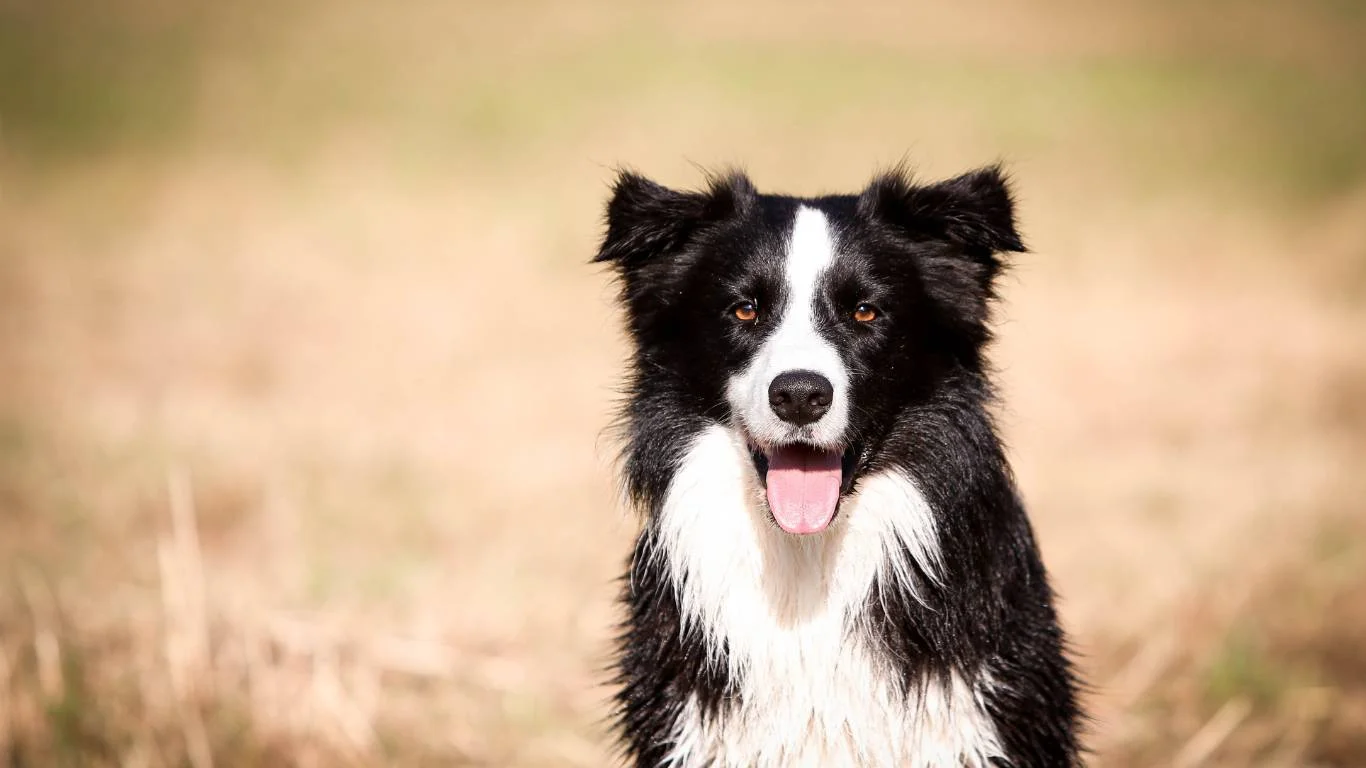
Once you’ve cleaned the area and applied a soothing remedy, consistency is the name of the game. One thing I always stress with dog parents is the importance of keeping the hot spot dry. Moisture is like a welcome mat for bacteria. I’ve seen cases where an otherwise mild hot spot worsened just because the area stayed damp from drool, licking, or humid weather.
After cleaning, pat the area dry — never rub — and avoid putting any heavy ointments that trap moisture underneath. If your dog has a thick coat or it’s the middle of summer, running a fan in the room or keeping your pup in a cool, well-ventilated area can really help speed up the healing process.
Quick Tip from My Experience:
Back when I was working in-clinic, we had a German Shepherd patient named Luna who kept getting recurring hot spots during spring. Her owner started using a pet-safe drying powder (like gold bond but dog-formulated), and it made a huge difference. Just a light dusting over the area helped prevent moisture buildup without irritating her skin.
When to Call Your Vet

Even though you’re trying to treat a dog’s hot spot with home remedies, there are definitely times when a vet visit is the safer route. Trust your gut — if something seems off, it’s better to err on the side of caution.
- The hot spot is spreading fast or getting deeper.
- There’s a foul odor — that’s often a sign of secondary infection.
- Your dog is in obvious pain or scratching/licking nonstop even with distractions.
- There’s no sign of improvement within 2–3 days of home treatment.
I had a case with a Bulldog who looked like he had just a mild hot spot near his jowl. The owner tried some aloe and thought it was working — but turns out, it was actually an infected cyst hiding underneath. Moral of the story? When in doubt, get it checked out.
Preventing Hot Spots in the Future

Once your pup is back to their happy, tail-wagging self, let’s make sure you don’t have to go through this again. Prevention is where I really lean into my nutrition background — because healthy skin starts from the inside out.
1. Focus on Diet and Supplements
A balanced diet rich in omega-3 fatty acids can work wonders for your dog’s skin. I usually recommend adding wild salmon oil or flaxseed oil to meals. Just be sure to introduce it gradually and use the correct dosage — too much oil can lead to digestive upset.
Also, probiotics aren’t just for gut health. A good probiotic can support immune function and reduce allergic flare-ups that often trigger hot spots. I’ve had plenty of success stories with dogs who stopped getting chronic skin issues after a few weeks on a high-quality probiotic blend.
2. Groom Regularly (But Gently)
Regular brushing helps prevent matting and lets you spot trouble areas early. Mats can trap moisture and hide skin irritations. If you’ve got a long-haired breed like a Golden or a Bernese, it’s even more important to stay on top of this.
And don’t forget those ears! Dogs prone to ear infections often scratch at their heads, which can lead to hot spots. Keep ears clean and dry — a quick weekly wipe with a vet-approved ear solution can save you a lot of trouble.
3. Watch for Behavioral Triggers
Hot spots can sometimes be a symptom of emotional stress or boredom. Dogs who are left alone for long periods, not getting enough physical or mental stimulation, may start licking themselves obsessively. I’ve seen cases where upping daily walks, adding puzzle feeders, and even calming supplements made a big difference.
4. Flea and Parasite Control
This one’s basic but crucial. Even a single flea bite can set off a chain reaction that leads to hot spots. Keep your pup on a consistent flea prevention program year-round — especially if you live in a warmer climate where fleas never really take a break.
By combining proper grooming, a solid nutritional base, and understanding your dog’s individual needs, you can make hot spots a rare event — not a regular one.
Extra Tips for Managing Hot Spots at Home

Alright, let’s talk about some of those little things I’ve picked up over the years that can really help when you’re tackling hot spots at home. These aren’t always headline-grabbing, but they sure make a difference.
Use an Elizabethan Collar When Needed
I know, the “cone of shame” isn’t anyone’s favorite accessory, but sometimes it’s the only way to keep your dog from turning a healing hot spot into a gnarly mess. If your dog’s licking or chewing constantly despite your best efforts, pop on an E-collar. It might be awkward at first, but it really speeds up healing by letting the skin rest.
Keep Baths Short and Sweet
Bath time can be tricky when your dog has sensitive skin. Overbathing can strip natural oils and make things worse. I always advise using a mild, hypoallergenic shampoo and rinsing thoroughly. If you’re using any topical treatments, wait until after baths to apply them, and make sure your dog is completely dry before letting them roam free.
Spot-Test Natural Remedies First
While natural products like coconut oil and aloe vera are great, every dog is different. Before slathering a new product all over, do a small patch test to make sure your dog’s skin doesn’t react negatively. Sometimes, what helps one dog might irritate another.
Monitor Your Dog’s Overall Health
Hot spots can sometimes be a symptom of a bigger issue, like allergies or an underlying infection. If your dog starts showing other signs—like excessive scratching, redness elsewhere, or changes in appetite—don’t hesitate to bring these up with your vet. In my experience, catching these things early makes treatment smoother and faster.
How Nutrition Plays a Role in Skin Health
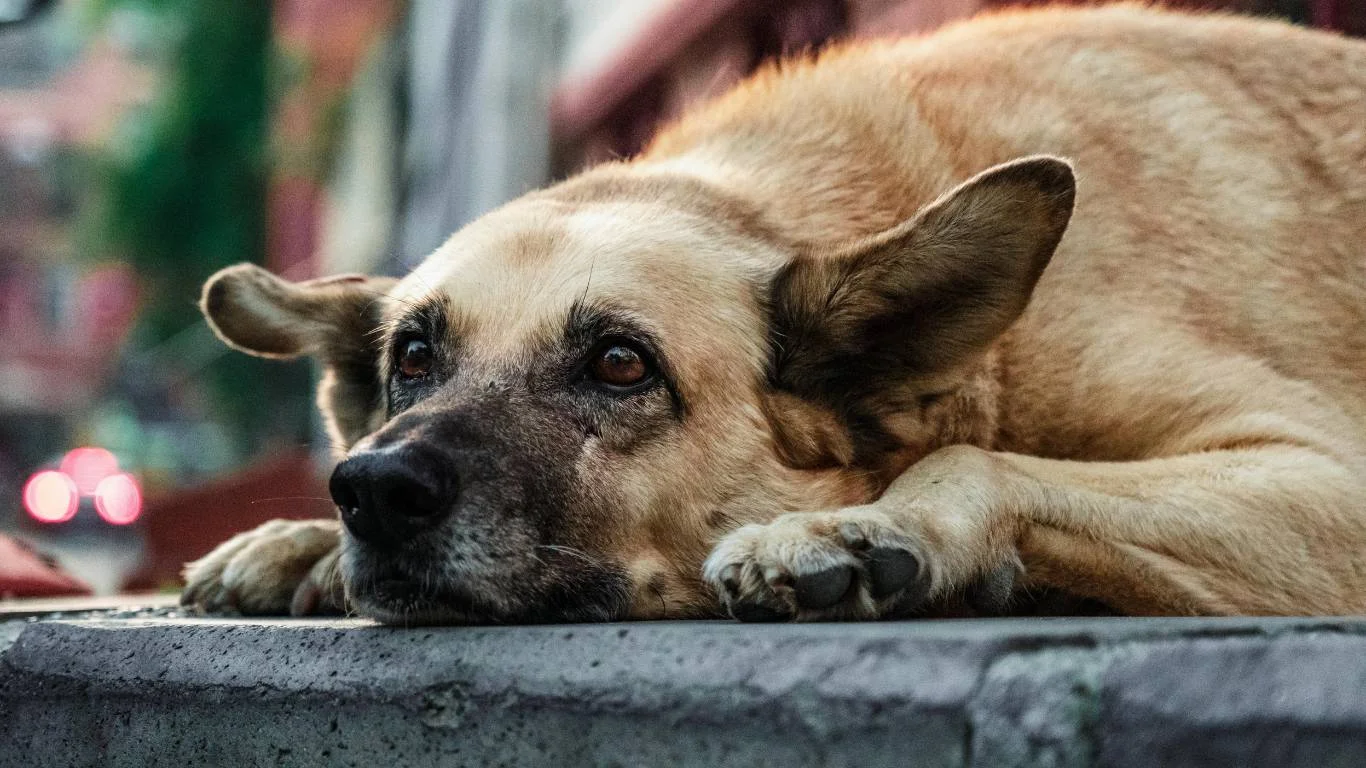
Since I focus on nutrition as part of my veterinary assistant work, I can’t stress enough how much diet impacts skin condition. Skin is our largest organ, after all, and what your dog eats is the foundation of healthy skin and coat.
Foods That Support Healthy Skin
Adding certain nutrients can really boost your dog’s skin defenses and speed healing:
- Omega-3 fatty acids: Found in fish oils and flaxseed, these fats reduce inflammation and improve moisture retention in the skin.
- Vitamin E: Acts as an antioxidant, protecting skin cells from damage.
- Zinc: Important for skin repair and immune function.
When I worked with a senior dog who had chronic skin issues, switching to a diet rich in these nutrients made a noticeable improvement within a few weeks. The coat was shinier, and the hot spots became less frequent.
Beware of Food Allergies
Food allergies are sneaky culprits behind some hot spots. If you notice recurring skin problems or hot spots after introducing a new food or treat, it might be time to test for allergies. Many vets recommend an elimination diet under supervision to identify problematic ingredients.
Final Thoughts on Treating Hot Spots with Home Remedies
At the end of the day, knowing how to treat a dog’s hot spot with home remedies is a valuable skill for any dog owner. But remember, home care is just one piece of the puzzle. Close observation, good nutrition, and a partnership with your vet are the best way to keep your furry friend comfortable and healthy.
Hot spots might look scary, but with patience and the right care, most heal quickly without complications. From trimming the fur and keeping the area clean, to using natural soothers and addressing underlying causes — you’re giving your dog the best shot at a happy, itch-free life.
References
- American Veterinary Medical Association
- American Animal Hospital Association
- Cornell University College of Veterinary Medicine
Disclaimer
This article is for informational purposes only and is not a substitute for professional veterinary advice, diagnosis, or treatment. If your dog has a hot spot or any other health issue, please consult your veterinarian promptly. Always follow your vet’s guidance regarding treatments and care.

